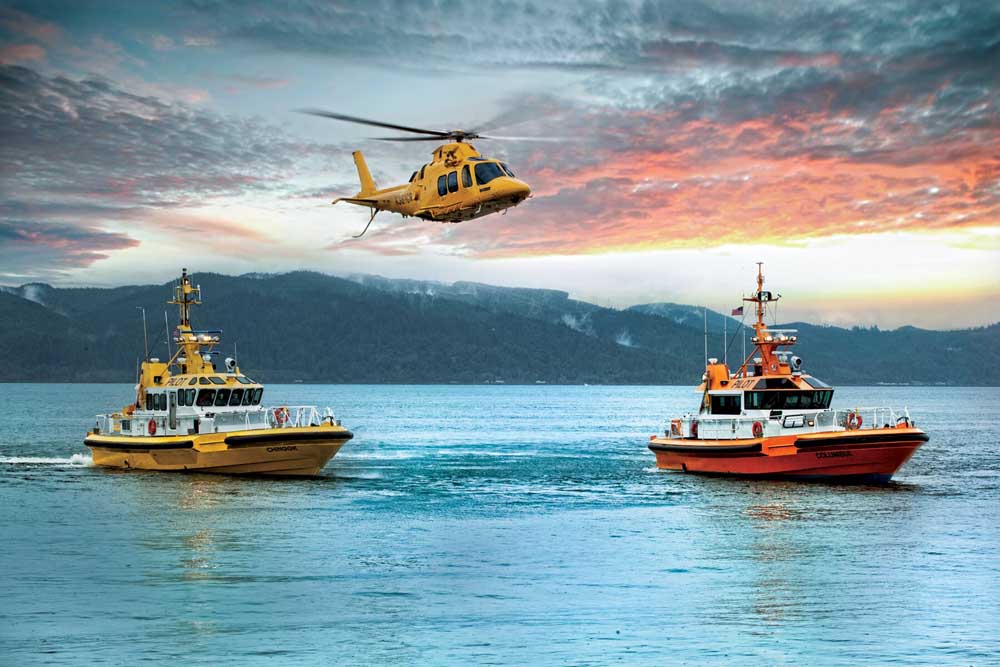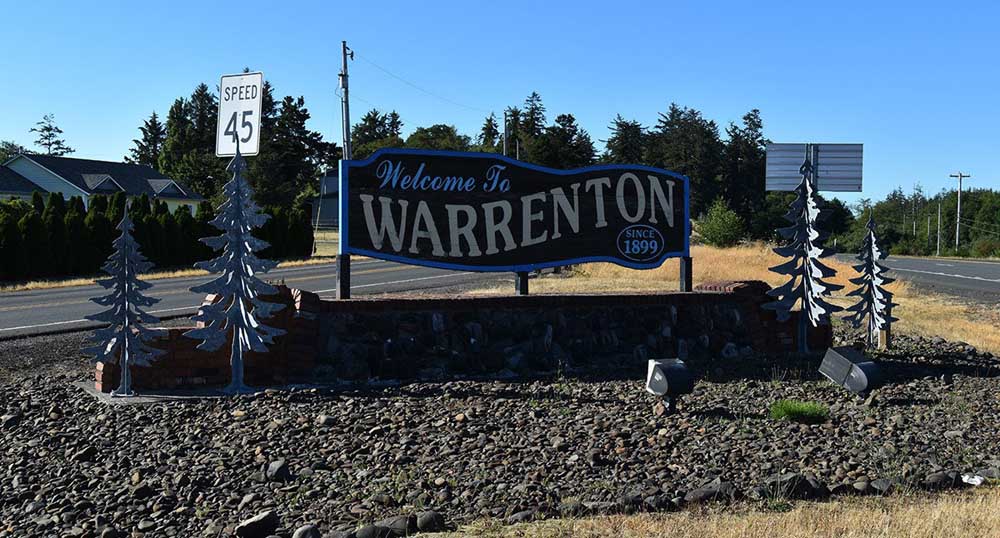Writer’s Notebook: New book documents the maritime origins of our region
Published 12:30 am Saturday, March 9, 2024

- Thron Riggs is scheduled to discuss his new book on maritime history at Thursday Night Talks at Fort George Brewery at 7 p.m. on March 21.
The dangers of the Columbia River Bar are the stuff of legend.
The river’s mouth is known popularly as the graveyard of the Pacific. At the same time, some erroneous elements of the bar’s history are repeated and have become a sort of common knowledge.
After 12 years of research, the retired Columbia River bar pilot Thron Riggs offers a clear-eyed and well-researched account of the bar, its perils and history. His recently published volume is titled, “A History of Pilotage on the Columbia River Bar.” The nicely illustrated book is at once arcane as well as basic to an understanding of Astoria and the Chinook people of the lower Columbia River.
The bar pilots, from their 19th century beginnings until now, are one of the most storied, prized and lucrative professions on the lower river. An often repeated misconception is that the Chinook chief Concomly was the first bar pilot. Riggs disabuses us of that story, telling the reader that Concomly was a wise man. All of the many varieties of fish protein passed in front of his village. There was no need to venture into the ocean. Thus he waited inside the bar for ships entering the river. He would meet them in his canoe and guide them to his quarters for trading.
While Riggs quashes the Concomly story, he was surprised to learn that Concomly’s second wife effectively played the role of river pilot.
Today’s organization of Columbia River Bar Pilots generates revenue equivalent to that of a midsize business. The most famous name in Astoria history, Capt. George Flavel, built his family’s fortune from the fruits of bar pilotage in the profession’s earliest days. While John Jacob Astor’s imprint on Astoria was essential, but brief, the Flavel legacy lasted well into the 20th century.
Of Flavel the pilot and businessman, Riggs told me: “He set the example of how to provide service on the river and make money doing it. He was able to keep his pilots together.” Explaining Flavel’s genius, Riggs said: “The rules are so convoluted on the river (there are Oregon rules and Washington state rules). Flavel used those rules to his advantage.”
For those of us who appreciate Astoria’s eccentrics, past and present, Riggs’ book is satisfying. Describing Flavel’s competitor and eventual collaborator, Capt. Jackson Gregory Hustler, Riggs quotes the eyewitness Joseph Halloran, editor of The Daily Astorian, who described Hustler as “a big blistering fellow, a typical old-time sailor … He went on one wild, mad ‘tear’ every other week, and when fully loaded he was a terror and would abuse his best friends.”
Hustler and Flavel must have been quite a pair. The book’s illustration of Hustler depicts the equivalent of a football tackle or guard. Flavel was lanky, of indeterminate height.
Riggs reports that, “At the time of his death, (Flavel’s) estate was valued at between $500,001 to $1,900,000 dollars (roughly 10 to 40,000,000 in today’s money).” Aside from the dollars and cents of the man, Riggs describes Flavel’s heroic actions in a celebrated ship’s foundering in the river and his generosity in its wake.
Astoria has not since known a more widely regarded death. On the day of Flavel’s funeral, children were let out of school. Writes Riggs: “Flavel died a rich man, but it appears that most of his fortune was made in the ship owning and real estate, not piloting. He always diluted the considerable financial risk piloting and towing entailed by taking multiple partners, and the rewards were likewise shared. The piloting and towing was his most high profile enterprise but not his most profitable — rather he used it to leverage his other startups.”
Even for those who are barely literate on matters maritime, this book is a good read, and it is essential to our understanding of this place where we live. Riggs assists us with a five-page glossary of nautical terms.
Riggs’s patience as a researcher is laudable. In multiple trips to England, he used these archives: Lloyd’s of London, The National Archives in Kew, the British Library and the National Maritime Museum in Greenwich. Riggs told me that in the 1800s, 9 of 10 grain ships calling at American ports were British. Following their voyages, those ships were required to deposit the ship’s log in a British archive.
Riggs himself is an interesting study. If you read his biography behind the book’s index, you will note that he went to sea immediately after high school graduation and never attended college. He learned and rose to the position of bar pilot through on-the-job learning.
Taken together with the long-awaited history of the Flavel family that John Goodenberger is writing, Astorians are being greatly enriched with knowledge of where their town came from.
“A History of Pilotage on the Columbia River Bar” is available at the Carriage House and the Heritage Museum of the Clatsop County Historical Society, as well as the Columbia River Maritime Museum.





